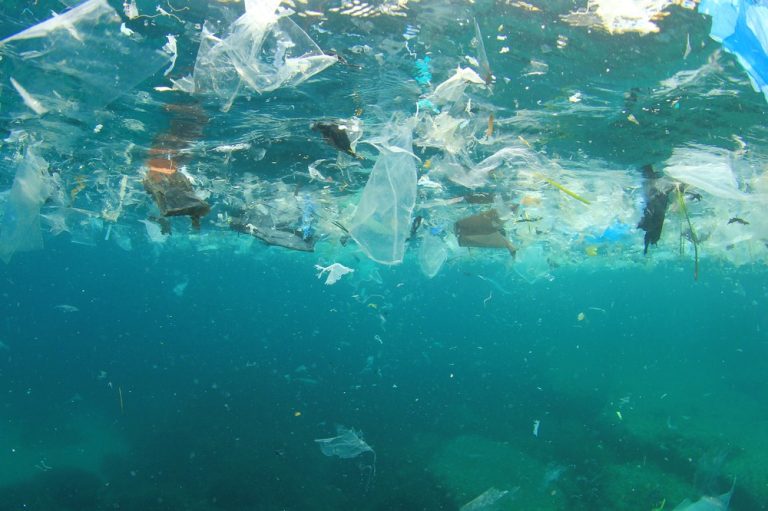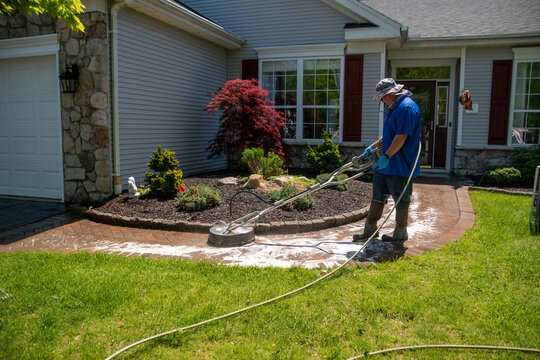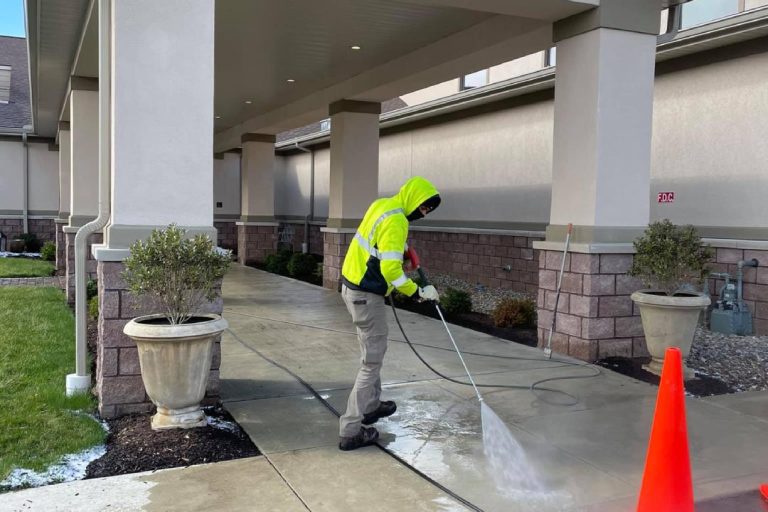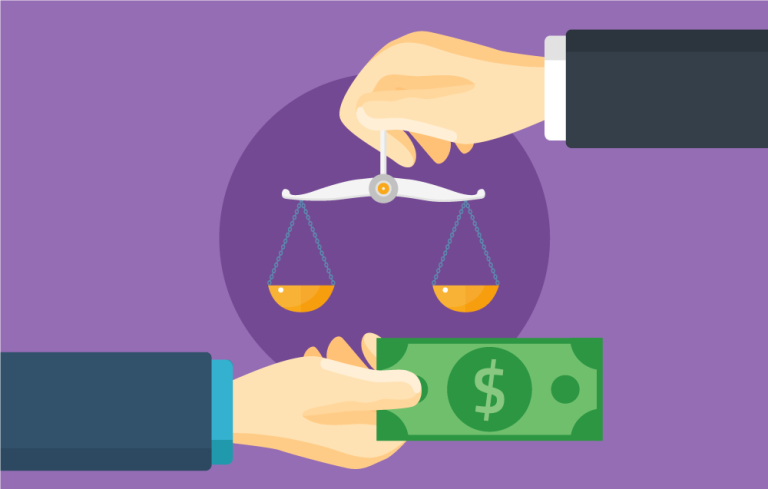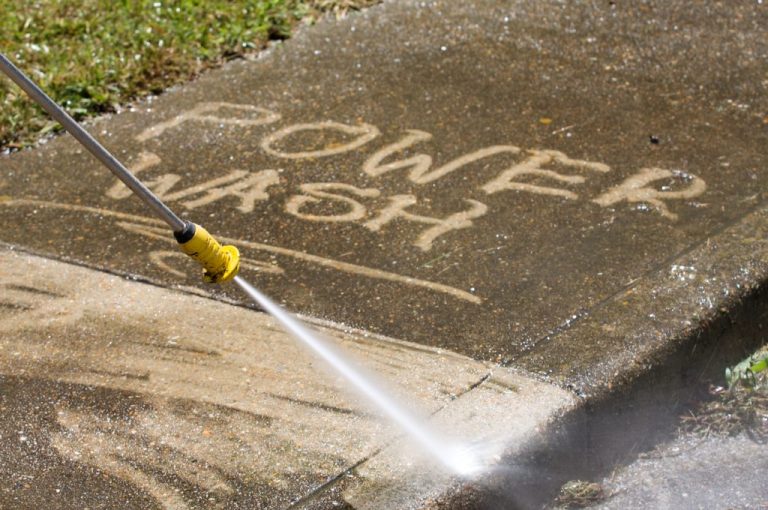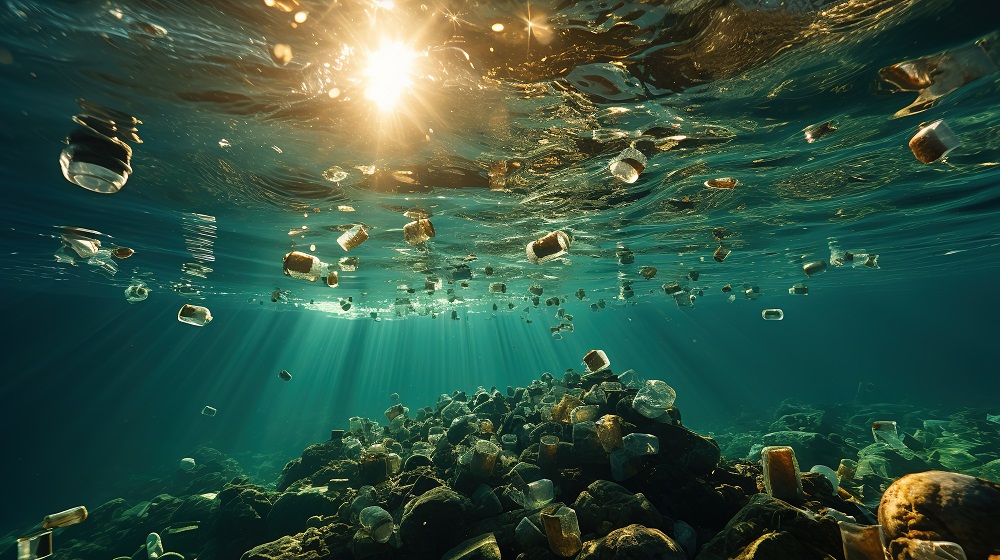
Power washing is known for restoring the shine to buildings, sidewalks, and parking lots—but beneath the surface of that sparkling clean lies a growing environmental concern: chemical runoff. And when that runoff enters aquatic ecosystems, the consequences can move up the food chain. Literally. 🧬
This article dives into the often-overlooked issue of bioaccumulation—how chemical pollutants from pressure washing can build up in fish, aquatic plants, and eventually humans, threatening public health and biodiversity alike.
💧 The Runoff Problem
During a typical pressure washing job, chemicals like:
- Bleach (sodium hypochlorite)
- Detergents with surfactants
- Degreasers containing solvents
- Rust removers with acids or phosphates
are sprayed, rinsed, and carried away as runoff. If not captured and properly disposed of, this contaminated water:
- Flows into storm drains
- Enters streams, ponds, rivers, or coastal waters
- Mixes with sediment and organic matter in aquatic environments
Once in these ecosystems, chemicals don’t just disappear. They may break down slowly—or not at all—leading to long-term contamination. ⚠️
🧪 What Is Bioaccumulation?
Bioaccumulation is the process by which certain substances—like heavy metals, pesticides, or chemical residues—build up in an organism’s body over time, often in fat tissues or organs.
Unlike substances that are quickly metabolized or flushed out, these compounds:
- Are absorbed faster than they’re excreted
- Accumulate with repeated exposure
- May transfer up the food chain through predation
🐟 How Power Washing Chemicals Enter Aquatic Life
Here’s how it happens:
- Runoff Enters Waterways
Detergents, degreasers, and other pollutants reach creeks, lakes, or stormwater basins. - Chemical Absorption
Small aquatic organisms (like plankton, insects, or snails) absorb chemicals through skin, gills, or diet. - Predators Eat Contaminated Prey
Fish, amphibians, and birds consume the contaminated organisms, taking in the chemicals stored in their bodies. - Accumulation Increases Up the Food Chain
Larger predators accumulate even higher concentrations, a process called biomagnification. - Humans Eat Contaminated Seafood
In extreme cases, people can consume fish with unsafe levels of toxins, especially in areas near frequent commercial power washing operations.
🧬 Common Power Washing Chemicals Linked to Bioaccumulation
| Chemical | Source in Power Washing | Impact on Aquatic Life |
|---|---|---|
| Nonylphenol Ethoxylates (NPEs) | Found in some industrial detergents | Acts as an endocrine disruptor in fish 🐠 |
| Phosphates | Present in older formulations | Causes algal blooms and dead zones 🧪 |
| Chlorine compounds | Found in bleach-based cleaners | Toxic to aquatic organisms even in low concentrations ⚠️ |
| Petroleum solvents | In some degreasers | Bioaccumulates in fish tissue 🐟 |
🌿 Environmental Effects
Even trace amounts of these chemicals can have serious consequences:
- 🧬 Reproductive problems in fish (e.g., male fish developing female traits due to hormone-mimicking chemicals)
- 🐌 Toxicity in invertebrates, reducing food sources for higher animals
- 🌊 Algae overgrowth leading to oxygen depletion and “dead zones”
- 🦆 Bioaccumulation in birds that feed on aquatic species
🧠 Case Study: The Urban Stream Syndrome
In many urban areas, local streams suffer from what ecologists call the “urban stream syndrome.” These waterways:
- Appear healthy after rainfall
- Are polluted with detergents, oils, and cleaning agents
- Have fish with elevated contaminant levels
Studies have shown that fish in urban streams often contain measurable levels of NPEs, phosphates, and other legacy chemicals that originated from pressure washing, car washes, and household runoff.
✅ Prevention Starts with Practice
Power washing doesn’t have to contribute to this problem. Here are steps contractors and property owners can take to reduce the risk of bioaccumulation:
1. Use Eco-Friendly Detergents
- Look for products labeled biodegradable, phosphate-free, and non-toxic to aquatic life
- Avoid NPE-based surfactants or unregulated degreasers
2. Contain and Capture Runoff
- Use berms, booms, and vacuum recovery systems
- Never let wash water flow directly into streets, gutters, or storm drains
3. Follow Local Ordinances
- Many municipalities prohibit any discharge into stormwater systems
- Permits may be required for chemical-based cleaning near water bodies
4. Educate Staff
- Train crews to identify at-risk locations (near creeks, retention ponds, or wetlands)
- Teach responsible detergent handling and disposal techniques
🧪 Testing and Accountability
In sensitive areas, especially those near water, power washing companies may be required to:
- Test runoff before discharge
- Use EPA-approved chemicals
- File environmental impact assessments or mitigation plans
Large facilities (such as shopping centers or industrial parks) may even be subject to stormwater monitoring requirements under state or federal law.
🧠 Final Thoughts
Power washing is an essential tool for property maintenance—but without proper controls, it becomes an invisible pollutant. Chemical residues that begin as a cleaning solution on concrete can end up inside fish, birds, and people.
Bioaccumulation is slow, silent, and often irreversible. By recognizing this risk and adopting eco-conscious practices, we can preserve both our landscapes and our food chains. 🐠🌍💧
